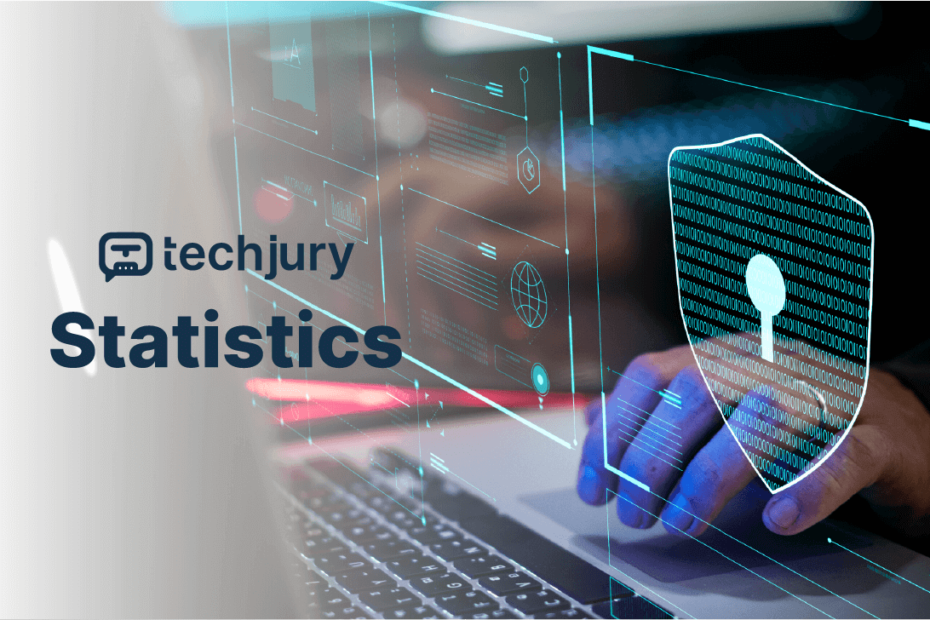Understanding the Silent War: How Cyber Attacks Reshape Our Digital Reality
Imagine a world where invisible warriors wage constant battles, not with traditional weapons, but with lines of code, sophisticated algorithms, and strategic digital infiltration. Welcome to the modern cyber attack landscape—a complex, rapidly evolving ecosystem that threatens everything from individual privacy to national security.
The Invisible Threat Landscape
Every moment you‘re connected to the internet, you‘re potentially a target. The digital realm has transformed from a collaborative space of innovation to a high-stakes battlefield where sophisticated attackers continuously probe for vulnerabilities. In 2024, cyber attacks have become more than just technological disruptions—they‘re strategic instruments of economic and geopolitical warfare.
The Shocking Scale of Digital Vulnerabilities
Let‘s break down the staggering reality of cyber threats. Research indicates that approximately [30,000] websites are compromised daily, with a new attack emerging every [39] seconds. These aren‘t just random incidents; they represent calculated, methodical attempts to exploit technological weaknesses across global networks.
The Economic Toll of Digital Insecurity
The financial implications are equally alarming. Cybercrime is projected to cost the global economy [$10.5 trillion] annually by 2025—a figure that surpasses the GDP of many developed nations. This isn‘t just about monetary loss; it‘s about the fundamental trust infrastructure that underpins our digital interactions.
Anatomy of Modern Cyber Attacks
Evolving Attack Methodologies
Cyber attacks have dramatically transformed from simplistic malware deployments to complex, multi-staged infiltration strategies. Modern attackers don‘t just seek immediate financial gain; they‘re often pursuing long-term strategic objectives involving data manipulation, infrastructure disruption, and geopolitical destabilization.
Phishing: The Primary Vector of Digital Compromise
Phishing remains the most prevalent attack methodology, responsible for [91%] of all cyber incidents. These aren‘t the crude, easily identifiable emails of the past. Contemporary phishing campaigns leverage advanced social engineering techniques, machine learning, and deep contextual understanding to create nearly undetectable communication mimicry.
Geographical Threat Dynamics
Not all cyber threats originate from the same regions. While countries like China, Russia, and the United States are often highlighted as primary sources, the reality is far more nuanced. Cyber attack ecosystems are complex networks transcending traditional geographical boundaries.
Industry-Specific Vulnerabilities
Different sectors present unique attack surfaces, each with distinctive risk profiles:
Healthcare: A Critical Infrastructure Under Siege
The healthcare sector represents a particularly vulnerable ecosystem. In 2022, over [550] U.S. healthcare organizations experienced data breaches, compromising sensitive patient information. These attacks aren‘t just technological violations; they represent profound human privacy breaches with potentially life-altering consequences.
Financial Services: Continuous Digital Warfare
Financial institutions face relentless technological challenges. Approximately [60%] of financial service companies have over 1,000 sensitive files accessible across their organizational networks—a staggering vulnerability that creates multiple potential infiltration points.
Technological Defense: Beyond Traditional Cybersecurity
The Zero Trust Revolution
Traditional perimeter-based security models have become obsolete. The "Zero Trust" architectural approach represents a fundamental reimagining of digital defense, assuming no inherent trust within or outside organizational networks.
Key Zero Trust Principles:
- Continuous verification
- Least privilege access
- Micro-segmentation
- Dynamic risk assessment
The Human Element in Cybersecurity
Technology alone cannot solve cybersecurity challenges. Human behavior remains the most significant vulnerability. [95%] of data breaches result from human error—a statistic that underscores the critical importance of comprehensive cybersecurity education and awareness.
Psychological Dimensions of Cyber Threats
Understanding cyber attacks requires more than technical analysis. It demands insights into human psychology, organizational behavior, and the complex motivations driving digital threat actors.
Future Threat Landscapes
Emerging Technologies and Potential Risks
Artificial Intelligence and quantum computing are simultaneously creating unprecedented opportunities and vulnerabilities. As these technologies mature, they‘ll introduce complex new attack vectors that traditional security frameworks cannot anticipate.
Predictive Threat Modeling
Advanced machine learning algorithms are now being deployed to predict and preempt potential cyber attacks, transforming defensive strategies from reactive to proactively anticipatory.
Strategic Recommendations for Organizational Resilience
- Implement comprehensive cybersecurity training programs
- Adopt advanced threat detection technologies
- Develop robust incident response frameworks
- Foster a culture of continuous learning and adaptation
- Invest in advanced monitoring and predictive technologies
Cyber attacks are no longer isolated technological incidents but complex, interconnected phenomena reshaping our global digital experience. Success in this environment demands continuous learning, technological adaptability, and a holistic understanding of the evolving threat landscape.
The battle for digital security is ongoing, dynamic, and fundamentally human. Your awareness, preparedness, and strategic approach will determine your resilience in this complex ecosystem.
About the Analysis
This comprehensive overview synthesizes research from global cybersecurity institutions, government reports, and leading technology assessments, providing an authoritative perspective on the current digital threat landscape.
